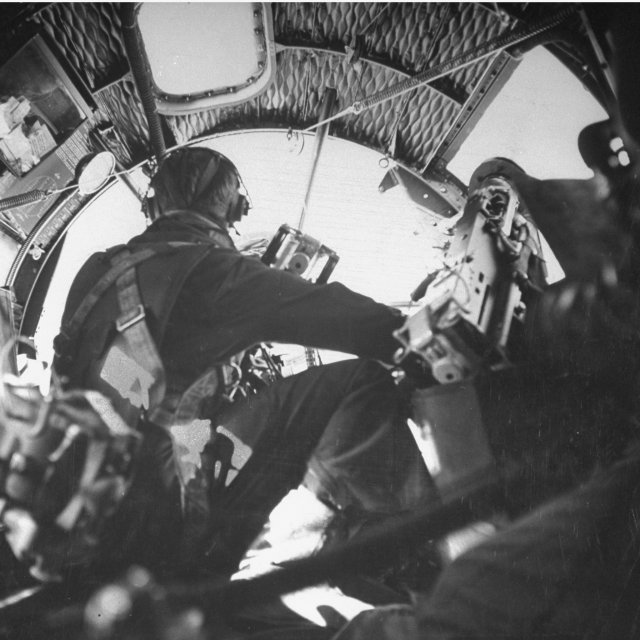This Italian-American Jeep Is Molto Bene

Jeep was one of the grand prizes when Fiat took over Chrysler during the financial crisis of 2007-2009. Fiat boss Sergio Marchionne, an Italian-Canadian, knew the Jeep brand well. And in his strategic planning he made Jeep a focal point of expanding the combined Fiat Chrysler’s sales globally.
That explains why you see the Jeep name on the uniforms of Italy’s champion soccer team, Juventus. The team is owned by the Agnelli family, which controls Fiat. It's like the Yankees having a Fiat logo on the front of their jerseys.
It also explains why the latest addition to the Jeep line, the Renegade, isn’t made in Detroit, where the Jefferson North plant cranks out those $60,000 Grand Cherokees. Instead, the Jeep Renegade is made in southern Italy, in Melfi, in the general vicinity of Naples. (And where you will find lots of people named Saporito, I discovered.)
The Italians might call it a Jeeponino. A little Jeep. What I’ll call it is a worthy addition not only to the brand, but also to an emerging category being called the urban utility vehicle. That segment includes models such as Chevy’s Trax and Honda’s HR-V. These are relatively inexpensive—$18,000 at the low end of Renegade—utilitarian trucklets that are maneuverable yet relatively roomy. Millennials are pouring into this segment, and the auto manufacturers have clearly taken notice.
The Renegade has two basic flavors—city and country—and four models. For the city there’s Sport and Latitude. The off-road model is called Trailhawk. Our test model was the priciest Limited 4x4 version, about $27,000, which added some cushy features, a 2.4-liter, 180-horsepower multiair engine, and a nine-speed transmission. The base model is equipped with a 1.4-liter, 160-hp, six-speed power plant.
All four variations bear the hallmarks of the Jeep brand, from the familiar grill to the date stamped into the dashboard: 1941, the year the U.S. government ordered a general-purpose vehicle for use in World War II. Produced by the Willys-Overland Co. (based on a design by the American Bantam Car Co.), general-purpose was acronymed to GP, which morphed into Jeep. And history.
But look a little deeper into this American legend and you can see some unmistakable Fiat touches in the use of plastics, for instance; the Italians are really good at using it for design elements. As I noted when I first saw this thing last year at the New York Auto Show, the interior look, and the panoramic approach from the front seats, all take cues from Renegade’s Italian in-laws, the Fiat Panda and 500. Indeed, the platform itself is used in the Fiat 500X.
But don’t mistake Renegade for some underpowered Eurobox. There’s plenty of oomph in the 2.4-liter engine, and a quick run on the sands of Sandy Hook, N.J. showed that the four-wheel drive capability meets the demands of being a Jeep.
On the highway, the Renegade is a well-behaved sort with a reasonably cushioned ride. Back in the city, its ability to negotiate tight spaces is welcome, and if you need help there’s even a park assist option.
Then again, if you are a true Jeepee, you don’t need help. After all, owning a Jeep is all about maneuvering in less-than-optimal conditions—sand, snow, rocks, mud, uphill and down. The Renegade is putting its marker down in the urban jungle.
Read next: This BMW SUV Is Faster Than a Porsche

